Inside the
courtyard
of the Barresi-Branciforte castle is the Fontana della Ninfa Zizza (Fountain of the Nymph Zizza), dating back to 1607.
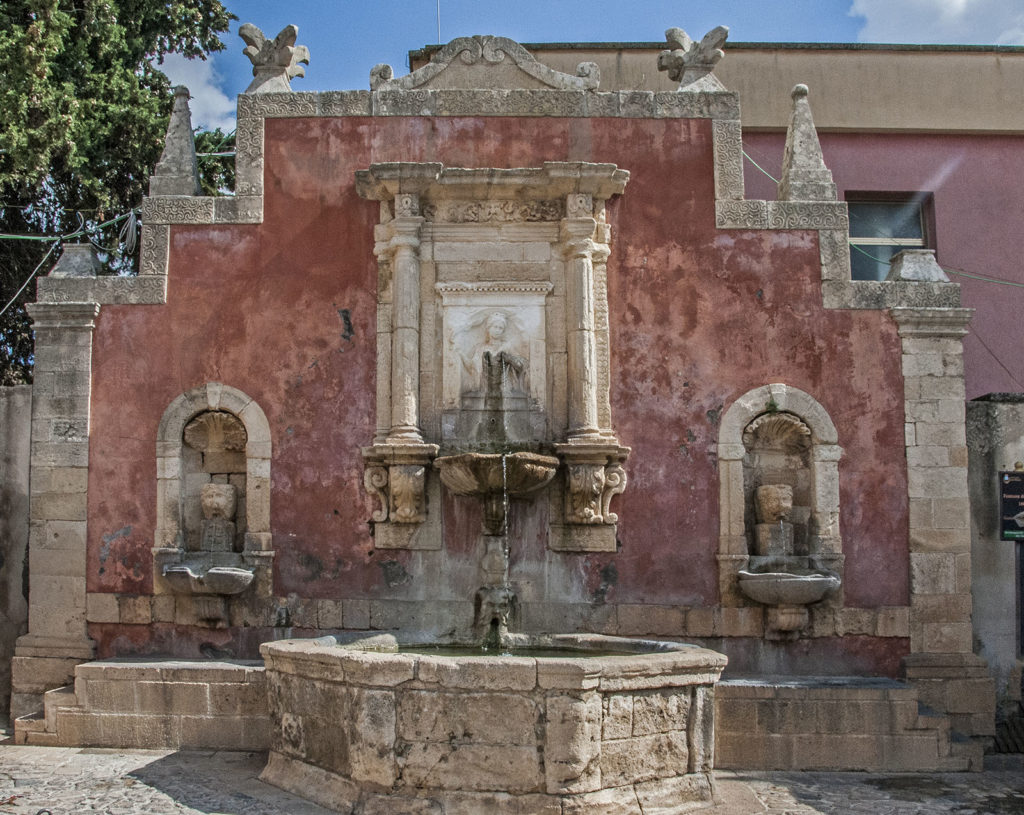 The rich family, who was very attentive to its citizens, funded a series of public works. It was responsible for building the aqueduct that brought water from the source in the Zizza quarter to the castle, where the fountain provided water for the entire community. It was the town’s first source of public drinking water, an event of great importance at the time.
The rich family, who was very attentive to its citizens, funded a series of public works. It was responsible for building the aqueduct that brought water from the source in the Zizza quarter to the castle, where the fountain provided water for the entire community. It was the town’s first source of public drinking water, an event of great importance at the time.
This work, attributed to
Giandomenico Gagini
, is located on a terraced wall and inserted in an
aedicula
with half columns framing the marble
bas-relief
of the girl Zizza, from whose breasts the water flows; to the right and left of the aedicula are two lion heads inserted in
niches
, while at the base there is an octagonal basin surmounted by
satyr
‘s mask.
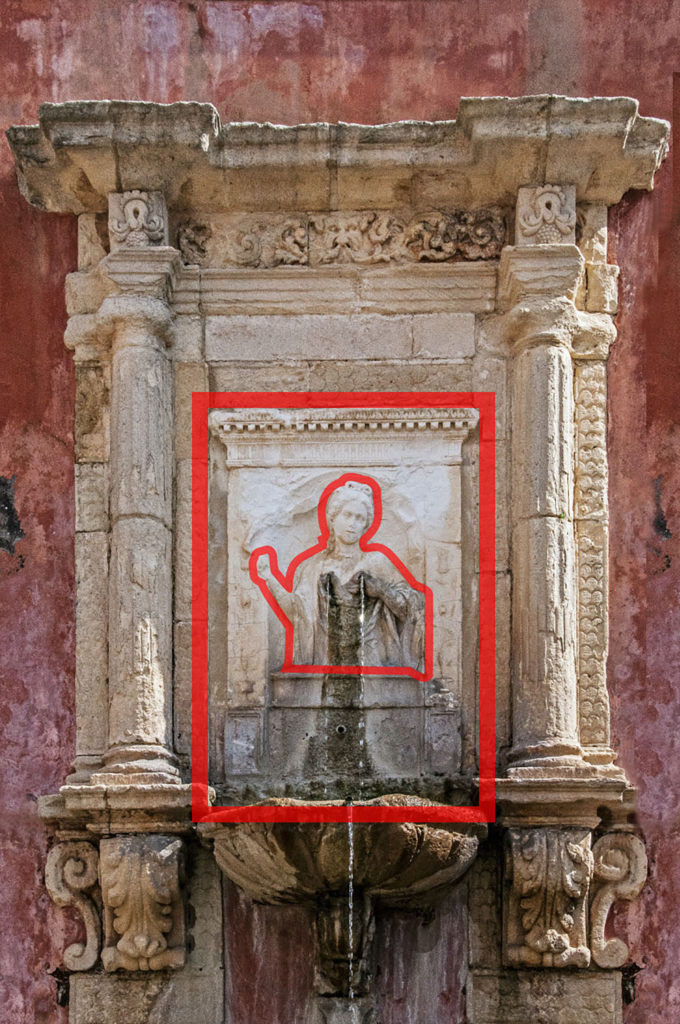
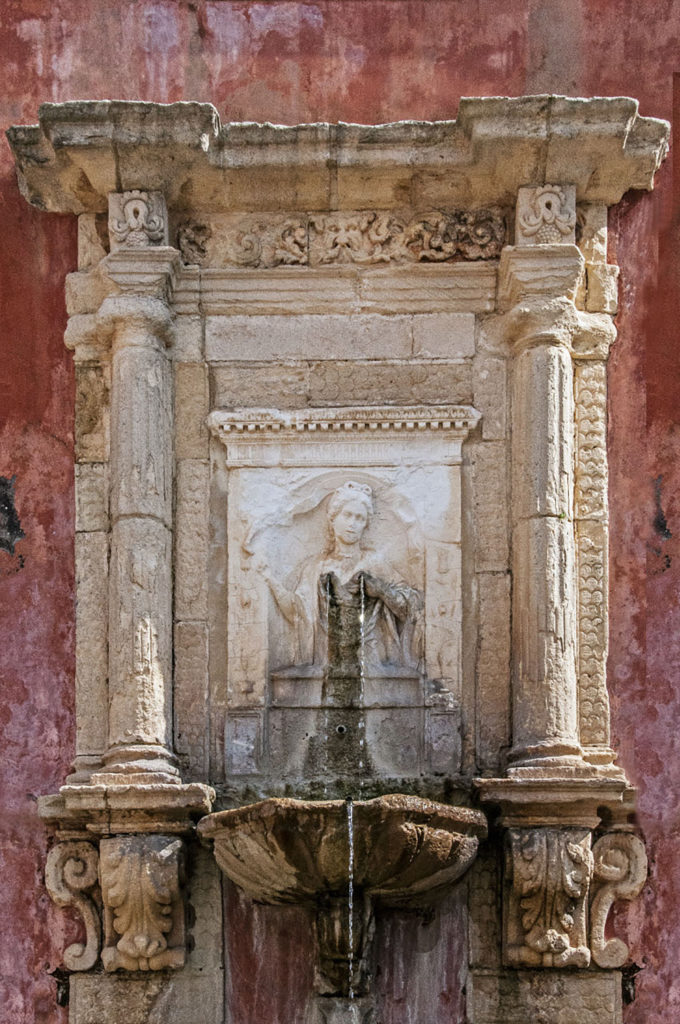
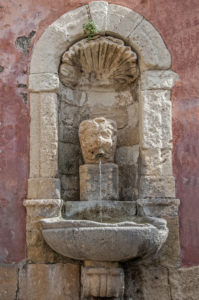
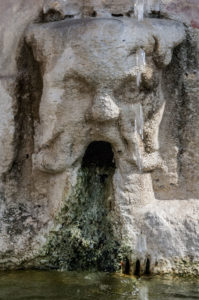
The original bas-relief has been kept in the former convent of San Domenico (St. Dominic) since the 1990s due to weather degradation and was restored in 2006. Legend has it that the young Zizza, a shepherdess in love with Lembasi, was betrothed in an unwanted marriage, so she transformed into a spring and her love turned into a stream.
The story was published in 1623 by Pietro Carrera, a historian and scholar who was part of the Branciforte court.